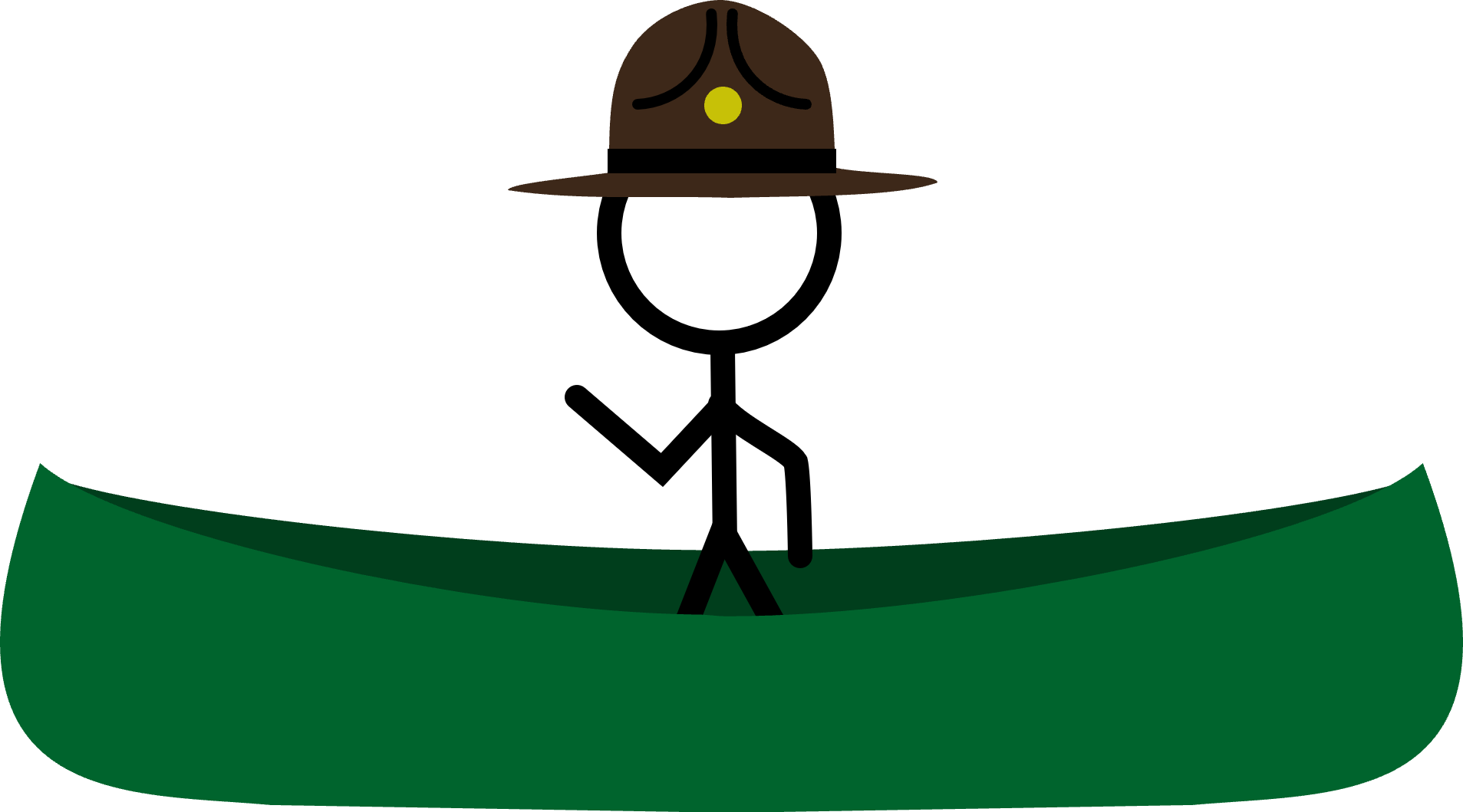
There are actually a few position choices available to canoeists.
You are not just limited to sitting on a canoe seat as there are a few options.
Standing - Very unstable and not suitable for certain canoes. Allows you to see further and allows for poling, where a pole is used to propel/steer/slow the canoe. This is a very comfortable and preferred position for those skilled in this technique.
Seated - Traditional position in a canoe. Center of gravity is lower than standing but not as good as kneeling. Seat height may also be adjusted for comfort and better paddling angles.
Half Kneel - Used in certain racing events. It allows for a narrow profile to fit in narrow canoes and allows for better use of core muscles to power strokes. This isn't a commonly used canoe position.
High and Low Knee - Allows for lower center of gravity than the seated position and allows you to use your knees to better control roll of the canoe. This is preferred for whitewater and is preferred over sitting by many.
Low Sitting - Sitting in the belly of the canoe allows for the lowest center of gravity (unless you count laying down). This allows for great stability and is useful on rough water.
If you for soloing a canoe, you have several options.
Middle Position - Usually, a solo canoeist will sit in the middle of the canoe, a little towards the stern to trim (balance front and back) the canoe.
Reversing Canoe - Symmetrical canoes can often be flipped around so that the stern faces forward. If a solo canoeist sits in the bow seat, they are closer to the center.
Loaded Canoe - If a canoe is ballasted with gear or an non-paddling person in the front, a solo canoeist can paddle from the stern.
Solo Canoes - Many canoes are set up for solo canoeists.
Heeling a canoe is when a paddler sits to the side of the canoe. This changes how water contacts the canoe. Instead of the canoe being trim (flat, even and level), the opposite side of the canoe, stern and bow are all raised above the waterline. A heeled canoe is easier to turn and it is easier for the paddler to paddle off the side of the canoe.
You may wish to change positions with another paddler. One way to do this is to land the canoe and then switch positions. Another option is to perform this on water.
To change position on water, one paddler should move towards the other paddler and roll up in a very small ball as low as possible in the belly of the canoe. The second paddler will stay low and crawl over the first paddler. One one paddler should move at a time, always maintaining 3 points of contact, staying low and walking the center-line of the canoe.